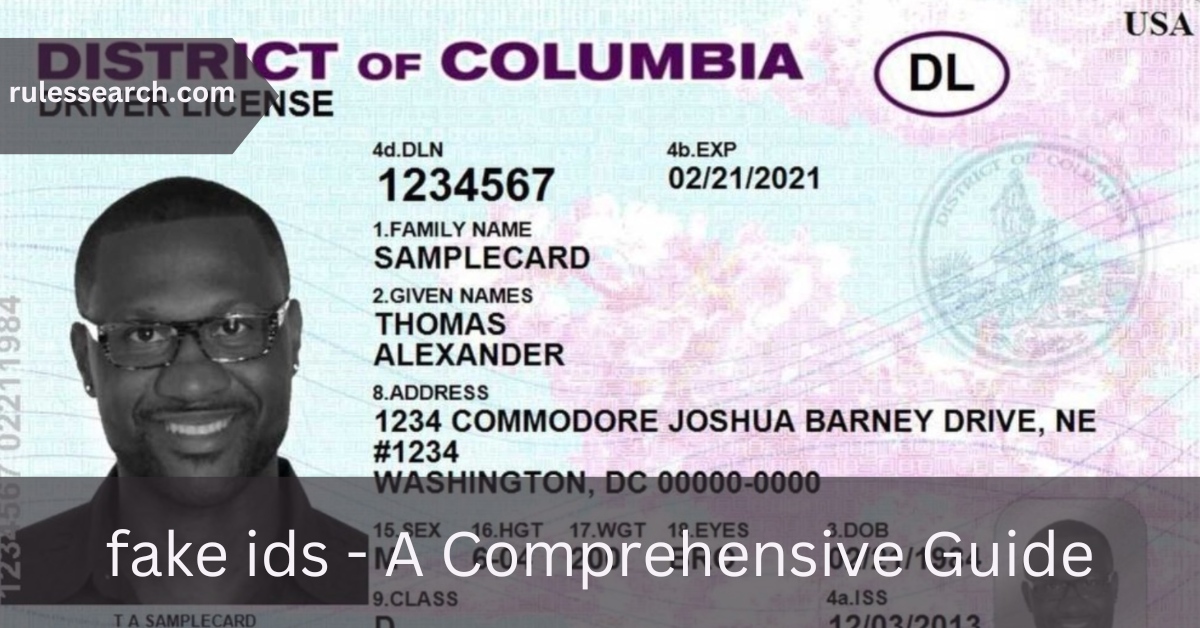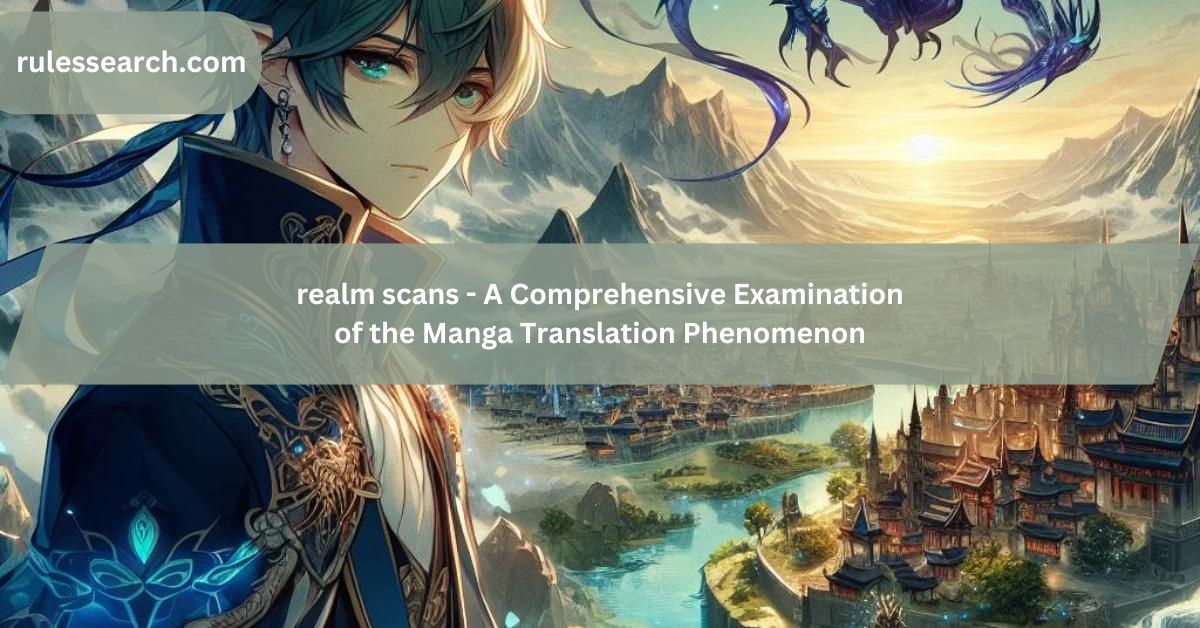Introduction
Fake IDs are counterfeit identification documents created to deceive authorities or individuals into believing that the person presenting them is someone they are not. These forged IDs are often used to bypass age restrictions or gain access to services and privileges that are otherwise off-limits. In this detailed guide, we will explore the nature of fake IDs, their legal and social implications, and the methods employed to prevent and combat their use. Whether you’re seeking to understand the mechanics behind fake IDs or the ramifications of their use, this article provides in-depth insights and analyses.
What Are Fake IDs?
Fake IDs are imitation documents designed to replicate official identification cards, such as driver’s licenses, student ID cards, or passports. These counterfeit documents are crafted to deceive others into accepting them as genuine. The motives behind creating and using fake IDs are varied, from gaining entry into restricted venues to committing fraudulent activities.
Types of Fake IDs
- Driver’s Licenses: These are among the most commonly forged IDs. Minors often use fake driver’s licenses to purchase alcohol or gain entry into bars and clubs. Modern counterfeiters use high-quality printing technology to replicate the look and feel of real driver’s licenses, often including security features such as holograms and magnetic strips.
- Student ID Cards: Fake student IDs are used to access student discounts, facilities, or services that are typically available only to enrolled students. These IDs are often targeted by individuals who are not eligible for student benefits but wish to take advantage of them.
- Passports: Counterfeit passports are more complex to create due to their numerous security features. Fake passports are often used for international travel, fraud, or to gain entry into countries under a false identity.
Why Do People Use Fake IDs?
The reasons for using fake IDs are diverse and often involve attempts to circumvent rules or gain undeserved benefits:
- Access to Age-Restricted Products and Services: Many young people use fake IDs to buy alcohol, cigarettes, or gain access to age-restricted venues like bars and clubs. This is one of the most common and socially visible uses of fake IDs.
- Employment: Fake IDs can sometimes be used to secure employment or avoid disclosing a person’s true identity. This might be done to evade certain legal requirements or to get jobs that require age verification.
- Social or Recreational Purposes: Fake IDs are also used to gain entry into exclusive events, clubs, or other recreational activities where identification is required. This is often done to enhance social status or gain access to otherwise inaccessible venues.
- Fraud: In more serious cases, fake IDs are used in fraudulent activities such as financial scams, identity theft, or to evade law enforcement. These uses often involve creating sophisticated forgeries that can bypass security measures.
How Fake IDs Are Made
Creating a fake ID involves a combination of technology, craftsmanship, and design:
- Printing Technology: Modern counterfeiters use high-quality printers capable of producing detailed and realistic replicas of official IDs. This includes using specialized materials and inks to replicate the look and feel of genuine identification cards.
- Photoshop and Graphic Design: Graphic design software like Adobe Photoshop is frequently used to create the visual elements of fake IDs. Counterfeiters manipulate images, text, and other features to match those on real IDs.
- Special Features: To enhance the realism of fake IDs, counterfeiters may include features such as holograms, magnetic strips, or watermarks. However, these features are often less sophisticated than those on authentic IDs, making them easier to detect.
Legal Consequences of Using Fake IDs
The legal repercussions of using fake IDs can be severe and vary depending on the jurisdiction and the nature of the offense:
- Criminal Charges: In the United States, using or possessing a fake ID can result in criminal charges ranging from misdemeanors to felonies. The severity of the charges depends on factors such as the intended use of the fake ID and whether it is part of a larger scheme or fraud.
- Fines and Penalties: Individuals caught using fake IDs may face substantial fines. These financial penalties can be significant, especially when combined with other legal consequences.
- Imprisonment: In more serious cases, particularly those involving fraud or repeated offenses, imprisonment is a possibility. Sentences can vary based on the specifics of the case and the individual’s criminal history.
- Criminal Record: A conviction related to fake IDs can result in a permanent criminal record. This can have long-term effects on an individual’s future employment opportunities, legal standing, and personal reputation.
Social and Personal Consequences
Beyond legal issues, using fake IDs can have significant social and personal consequences:
- Loss of Trust: Being caught with a fake ID can damage personal relationships and lead to a loss of trust among friends, family, and colleagues. This can have lasting effects on one’s social circles and personal life.
- Reputational Damage: Individuals involved in the creation or use of fake IDs may suffer long-term damage to their reputation. This can impact personal and professional relationships and affect future opportunities.
- Psychological Impact: The stress and anxiety associated with facing legal or social repercussions from using fake IDs can have a significant impact on mental health. The fear of being caught and the potential consequences can contribute to emotional distress.
Prevention and Combating Fake IDs
Efforts to combat the use of fake IDs involve a combination of technological, legal, and educational measures:
- Technology: Advances in ID verification technology, such as biometric scanners and digital ID systems, help reduce the prevalence of fake IDs. These technologies enhance the ability to detect counterfeit documents and prevent their misuse.
- Education: Public education campaigns and school programs inform individuals about the risks and consequences of using fake IDs. Raising awareness helps deter potential users and promotes legal and ethical behavior.
- Law Enforcement: Authorities use various tactics to detect and prosecute the use of fake IDs. This includes surveillance, sting operations, and collaboration with businesses and organizations to identify and report counterfeit IDs.
Conclusion
Fake IDs represent a significant issue with far-reaching legal, social, and personal consequences. Understanding the nature of fake IDs, their uses, and the implications of their use is crucial for both individuals and authorities. By staying informed and adhering to legal and ethical standards, we can help reduce the misuse of identification documents and maintain the integrity of identification systems.
FAQs
1. What is a fake ID?
A fake ID is a counterfeit identification document designed to mimic real IDs such as driver’s licenses, student cards, or passports. It is often used to deceive authorities or gain access to restricted services.
2. What are the common uses of fake IDs?
Fake IDs are commonly used to purchase age-restricted items like alcohol, gain entry to restricted venues, secure employment, or commit fraud.
3. How are fake IDs made?
Fake IDs are created using advanced printing technology, graphic design software, and sometimes special features like holograms. Counterfeiters often use high-quality materials to replicate real IDs.
4. What are the legal consequences of using a fake ID?
The legal consequences can include criminal charges, fines, imprisonment, and a permanent criminal record. The severity depends on the jurisdiction and the nature of the offense.
5. Can using a fake ID affect my personal life?
Yes, using a fake ID can lead to a loss of trust, reputational damage, and psychological stress due to legal and social repercussions.
6. What technologies are used to detect fake IDs?
Technologies like biometric scanners, digital ID systems, and advanced verification tools help in detecting fake IDs and preventing their misuse.
7. How can authorities combat the use of fake IDs?
Authorities combat fake IDs through technological advancements in ID verification, public education campaigns about the risks and consequences, and proactive law enforcement measures including surveillance and investigations.
8. How can I avoid getting caught with a fake ID?
The best way to avoid getting caught with a fake ID is not to use one at all. Instead, follow legal and ethical practices. Engaging in activities that require age verification or other types of identification should be done through legitimate means.
9. What should I do if I come across a fake ID?
If you encounter a fake ID, it’s important to report it to the appropriate authorities. This could be law enforcement, security personnel, or the establishment where the fake ID was presented.
10. Are there any preventive measures for individuals to avoid using fake IDs?
Yes, individuals should focus on legal avenues to meet their needs, such as obtaining proper identification, complying with age restrictions, and seeking guidance or support if they are facing challenges related to identification or access.



